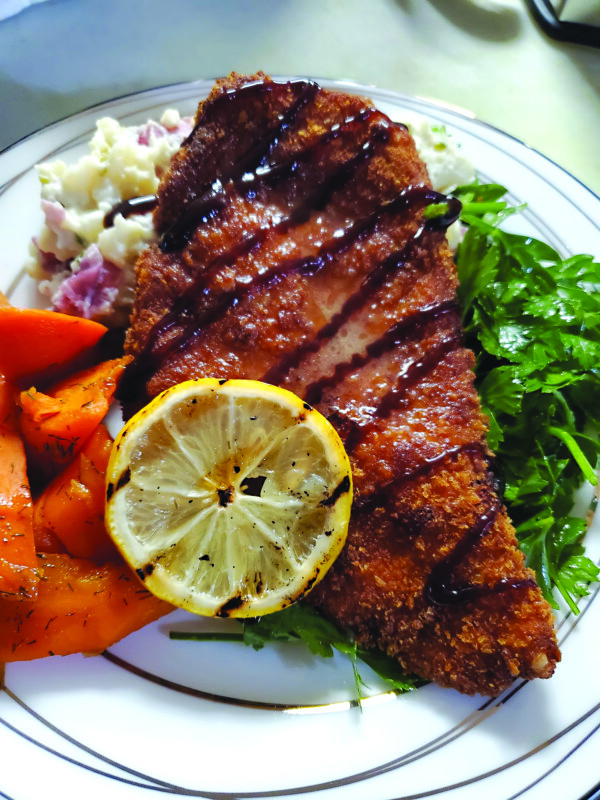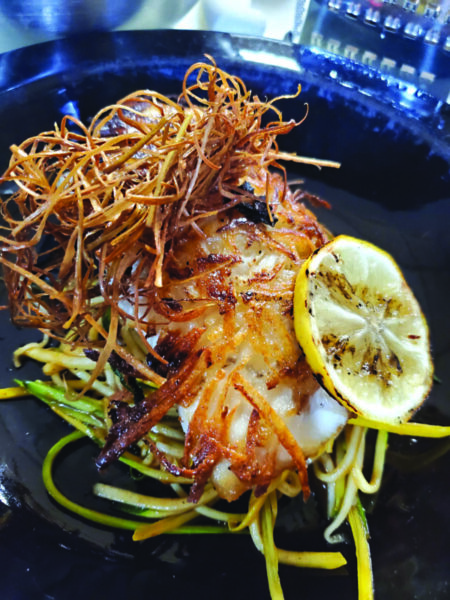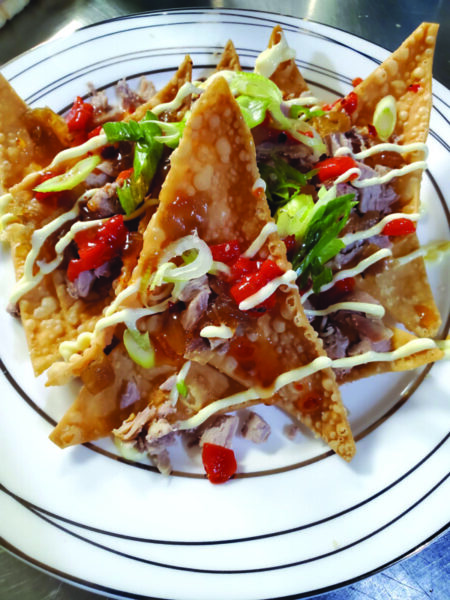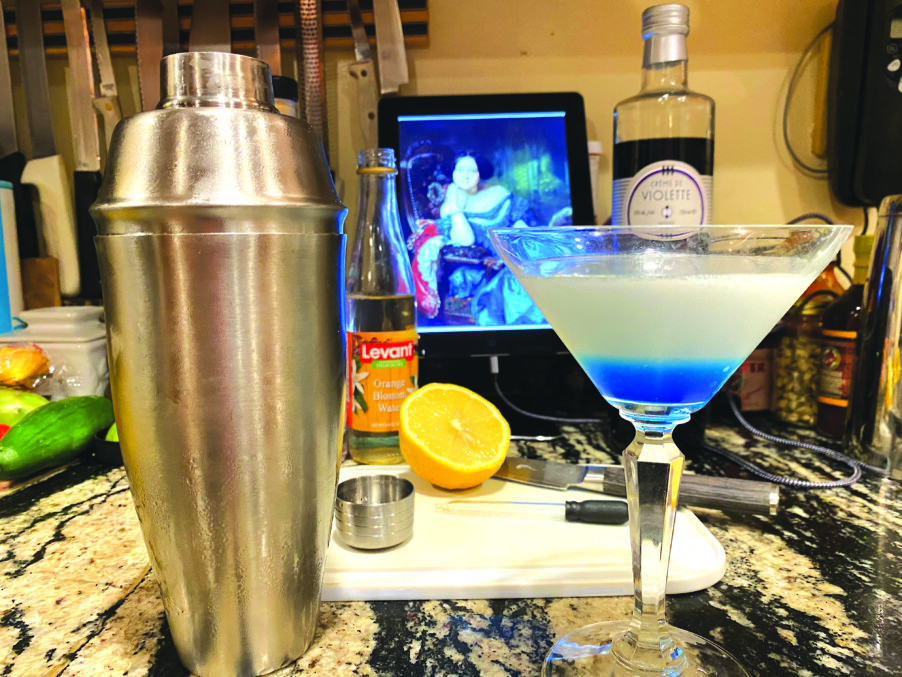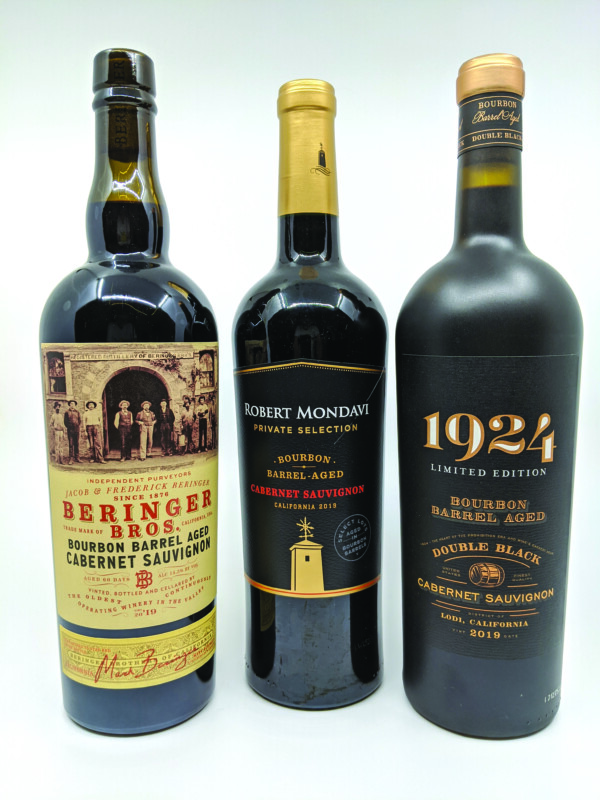I have to confess that I have never been a big fan of the name “puppy chow.” However, if you say you have a bowl of puppy chow, most people know what you are talking about. Plus, kids think it’s a fun name, so why not make the little ones smile?
For those who have never experienced it, the original puppy chow is a snack mix made with Chex or some other rectangular cereal as the base and has a chocolate and peanut butter coating. I have been making that version since before I had children of my own. It’s a fine snack that leans toward the sweet side and disappears quite quickly when set out to share.
While that version is fine, I thought it might be interesting to add a little more texture, saltiness and peanut butter flavor. I was able to make those three changes with only two ingredients. This sweet and salty version is made with pretzel squares as the base. Make sure you buy the salted version, as that provides the saltiness and a bit more texture. Then, instead of finishing the mix with powdered sugar alone, I added some peanut butter powder to the sugar. Voila! You have more peanut butter flavor and a teeny pinch more saltiness.
This recipe may not be an award-winning treat, but it is a perfect snack to serve while you’re hanging out in front of the TV, whether you’re binging a series, cheering on your favorite team or watching the newest movie release. Let the puppy chow snacking begin!
Michele Pesula Kuegler has been thinking about food her entire life. Since 2007, the New Hampshire native has been sharing these food thoughts and recipes at her blog, Think Tasty. Visit thinktasty.com to find more of her recipes.
Sweet & salty puppy chow
Makes 3 cups
1/2 cup semisweet chocolate chips
1/4 cup creamy peanut butter
2 1/2 cups pretzel squares*
1/2 cup powdered sugar
2 Tablespoons peanut butter powder, such as PB2
Combine chocolate chips and peanut butter in a small bowl.
Microwave for 20 seconds; stir.
Microwave in additional 20-second increments, stirring after each, until fully melted and combined.
Pour pretzels into a large mixing bowl; top with chocolate mixture.
Stir well.
Combine powdered sugar and peanut butter powder in a gallon-sized resealable bag.
Add chocolate-coated pretzels to gallon bag, seal, and shake to coat well.
Spread pretzel mixture on a baking sheet to cool.
You can refrigerate the tray to speed the setting process.
*I found square pretzels to be the best shape, as they can hold more of the coating. Feel free to use other pretzel shapes, if desired.
Photo: Sweet and salty puppy chaw. Photo by Michele Pesula Kuegler.



